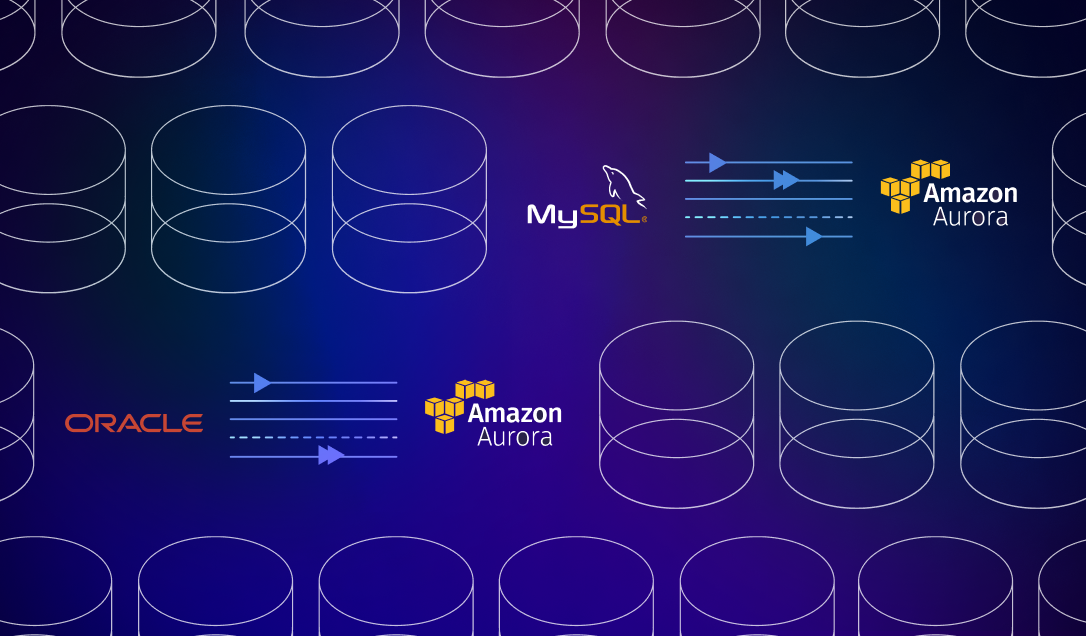In today’s data-driven environment, businesses frequently need to expand their capacity for data storage and analysis to handle massive amounts of data. MySQL has long been a popular choice for data warehouse management. However, switching to a more powerful and adaptable solution like Amazon Redshift becomes essential as businesses grow and their data requirements shift. This in-depth guide will go over the process of migrating from MySQL to Redshift, highlighting the benefits, challenges, and best practices involved.
What are Redshift and MySQL?
It is essential to have a solid understanding of both Redshift and MySQL prior to beginning the transfer. MySQL, a well-known open-source database management system that supports relational databases, is well-known for its ease of use, adaptability, and simplicity. It is suitable for applications of a small to medium size and has a robust set of features for storing and retrieving data.
On the other hand, Amazon Web Services (AWS) provides Redshift, a data warehousing service that is entirely managed. It is made to handle large-scale analytics workloads and provides excellent performance, scalability, and sophisticated data warehousing capabilities. Redshift was designed to handle petabytes of data and efficiently process complex analytical queries.
Making a Migration Plan:
A successful migration requires careful planning and careful consideration of numerous factors. In this section, we will go over the essential steps for organising the MySQL database to Redshift conversion.
Information access requirements:
Evaluating the requirements for the data To get started, learn about your data quantity, schema, and query habits. This examination will help you select the ideal Redshift cluster configuration and size.
Data modelling and visualisation of schemas:
The data types and schema may need to be altered because Redshift employs columnar data retention. To guarantee optimal performance and compatibility, the schema of Redshift can be mapped to the schema of MySQL.
ETL:
To extract data from MySQL, modify it in accordance with the Redshift schema, and reload it into the desired Redshift cluster, develop an ETL strategy. Extract, transform, and load are the names given to this procedure. Consider using either custom scripts or ETL technologies like AWS Glue for this procedure.
Tests and validation of the data: During the migration, thoroughly validate and test the data to ensure accuracy and integrity. Compare the MySQL and Redshift query results to find any data transformation differences or issues.
Execution of the Migration
After the planning phase is finished, the actual migration can begin. The following are the steps covered in this section:
Getting the Redshift cluster ready to use: Make sure the Redshift cluster has enough storage and processing power to handle the transferred data when you set it up in the way you want.
Extraction of Data:
Data extraction Techniques or database dump files can be used to extract data from MySQL. Improve the performance of the extraction process and reduce the load on the fabrication MySQL database.
Data transformation and loading: Ensure that the retrieved data adheres to the Redshift schema by transforming and loading it, making any necessary adjustments along the way. Utilise powerful information stacking procedures to stack the changed information into Redshift, like Duplicate directions or data pipelines.
Validation and verification:
Redshift’s accuracy can be verified by comparing sample records to the MySQL database that served as the source. Test queries should be run to ensure that the migrated data produces the expected results and that any complex queries function as efficiently as possible.
Possibilities After the Migration:
After the migration is finished, there are a few important things to keep in mind
Synchronisation of Data:
Create a strategy for synchronising data to keep the Redshift cluster up to date on any ongoing MySQL database changes. Real-time replication systems or recurring data synchronisation tasks may be required.
enhancement of performance: Adjust the Redshift cluster to your liking to get the best possible query performance. For capacity investment funds, this can involve advancing sort keys, scattering keys, and the utilisation of pressure techniques.
Monitoring and upkeep:
Monitoring and alerting methods can assist you in anticipating performance issues or data anomalies. Regularly update the software, take care of backups, and improve the Redshift cluster.
Conclusion
Moving from MySQL to Redshift can be a game-changer for businesses looking to improve their analytics and data warehousing capabilities. By carefully preparing the migration process, businesses can ensure a smooth transition by evaluating information requirements, mapping schemas, and developing an ETL strategy. The transfer must be carried out in order to establish the Redshift cluster, acquire the data, analyse it, and verify its accuracy.
More Blog You May like
10 Small Business Ideas to Kickstart Your Entrepreneurial Adventure

